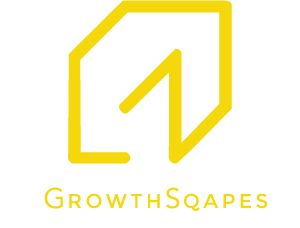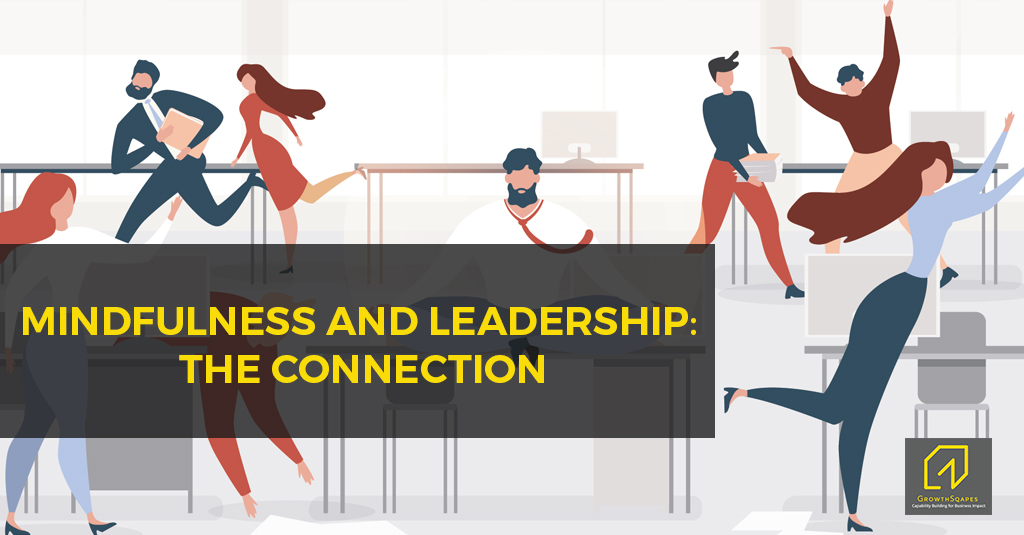“If your actions inspire others to dream more, learn more, do more and become more, you are a leader.”
-John Quincy Adams
Universally, leadership is agreed to be a process by which an individual is seen to have the ability to influence and provide a sense of direction to a human group to accomplish a desired outcome. Especially in the business context, it is about managing people, managing process, managing perception and managing profits.
Leadership is a significant phenomenon in every stratum of human society. In business domain, it is much in focus and is often celebratory. Nonetheless, absurdities exist in the practice of leadership and does not make it salutary more than often. Leaders derail. In fact, “more leaders fail and derail than become successes” (Furnham, 2010).
The reasons of leadership failure are multidimensional and are highlighted by an amalgamation of behavioral, organizational and situational factors that significantly impacts organizations business results. It a product of the internal processes of the leader, the interpersonal processes with the people being led and the situational dynamics under which the leader is operating. The root however, is the repeated behavioral patterns of the leader.
Mindless pursuit of tasks eventually makes the leader blind to many self-level flaws, and they become incapable to manage their emotions to initiate, develop and sustain reasonable interpersonal relationships. These leaders operate ‘mindlessly’. To be ‘mindless’ is to be in an inactive state of mind that is characterized by clinging to the past. Mindless leaders are imprisoned by their own rigid perspective. They remain unresponsive to how meaning shifts with shifts in circumstances. For them, the past continues to rule their opinion. Their behavior – much like automated robots without knowing it – keeps governing instead of any directional guiding to the future. They are characterized by suspension of understanding, being oblivious to surroundings and never think and act differently tuned to times. They become robotic leaders.
The antidote to robotic leadership is ‘Mindful Leadership’. Mindfulness is being aware of self, involved with others and engaged with the surroundings. Mindfulness does not demand hermit-level meditative skill and recluse. It is a humble process of actively noticing and being aware of things that are happing within self and in surroundings. It is not to put a demand on the degree of acuteness of observation and making it performance. It is rather, being present, being sensitive, being open to receive a new context and accept a new perspective. It is not to be slaved by a routine of governance but to be liberated by the guidance of the moment. Being in and being aware of the ‘here and now’. Sounds strange, as most may think – ‘I am very much present’. In reality, the mindlessness is so acute, that they do not even realize that they are “not there” and sadly they do not even know that they are not in the moment. Reasons for mindfulness to be promoted as an effective leader development method.
A research conducted by Institute for Mindful Leadership on the effectiveness of a Mindful Leadership and Wellness interventional workshop reported that:
- 93% said the training had a positive impact on their ability to create space for innovation
- 89% said the program enhanced their ability to listen to themselves and others
- Nearly 70% reported that the training made a positive difference in their ability to think as strategic leaders.
Favorable results showed that mindful leadership training enhances mindfulness, compassion and overall well-being and health.
Here’re 4 Simple Mindfulness Practices for Leaders:
- Being in the Present: Be aware of your being. Focus on your presence in a situation. Asking yourself – ‘what is happening to me’? ‘How am I feeling?’. ‘Why am I doing what I am doing’?’
- The Power of Breath: Feel your breath going through your nostrils. Notice the way your body swells and ebbs. Each time you are being aware as – ‘I breath in, I breath out’. Initially, if the mind wanders, so be it. Eventually, it will settle down and you will begin to be ‘mindful’.
- Collect yourself – Literally! The scattered self that we often become needs the ‘organizing and ordering’ that you do to a pack of cards. Order removes disorder – of mind body and spirit – and enhances our sense of Being. Closing your eyes and watching your breath is an easy way.
- Body Scan – Mind, body and spirit are integral to our being in totality. To align them, close your eyes, be aware of your breath. Focus on each part of your body silently. Visualize it, be grateful to it, thank it in silence. Talk to it. Offer a smile.
Mindfulness heightens sensitivity. With enhanced sensitivity and self-awareness leaders expand their thinking horizons. They become sensitive to their people, receptive to newer ideas, develop newer perspectives and do not get entangled in the chains of the past. They evolve as transformational guides for self and others. Mindfulness truly adds to personal and professional growth of leaders and prevents them from derailing.
This blog has been written by Pete Harpum, Partner at GrowthSqapes.

